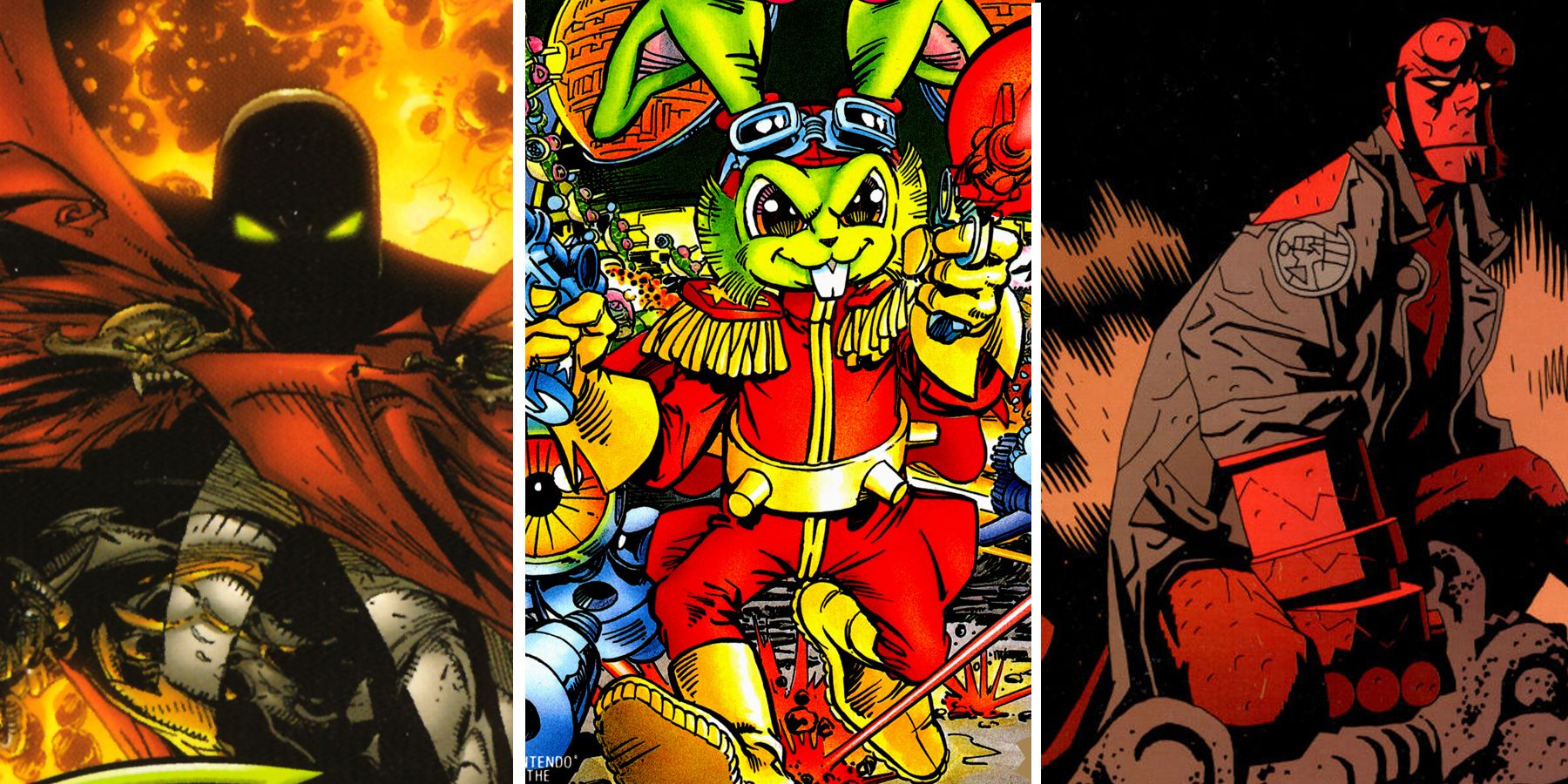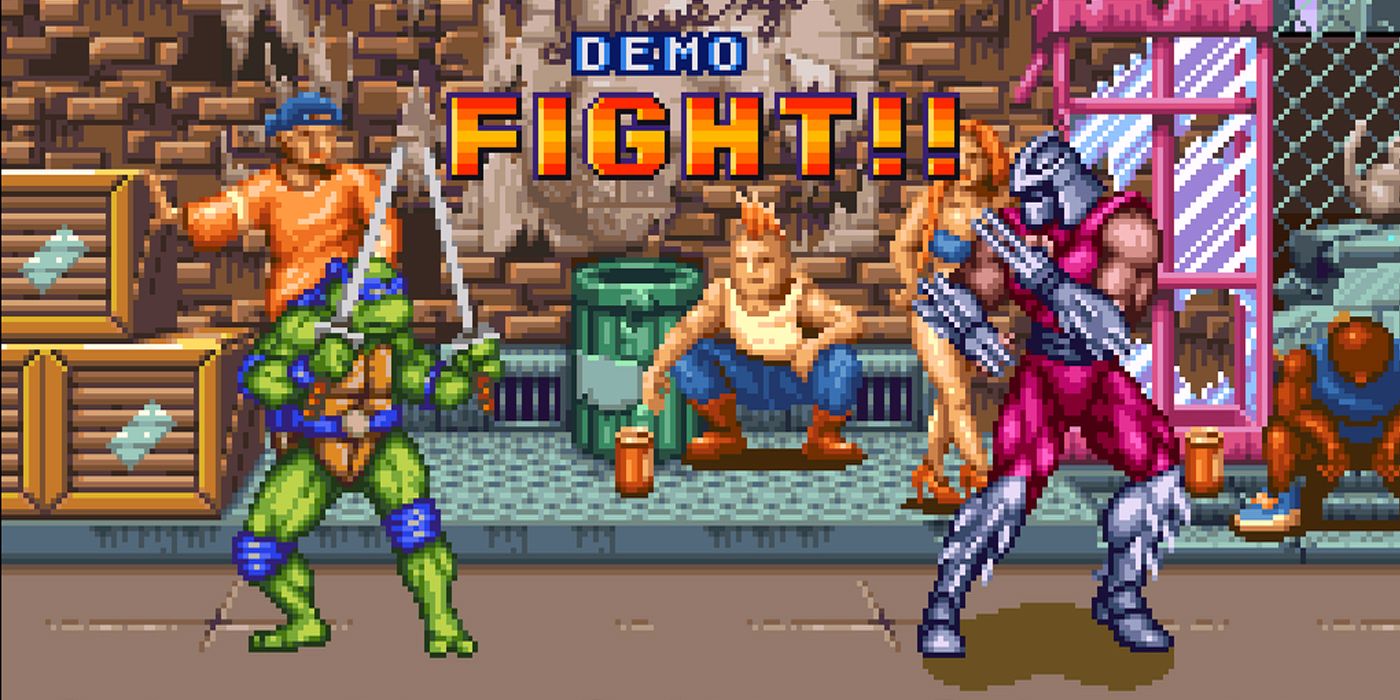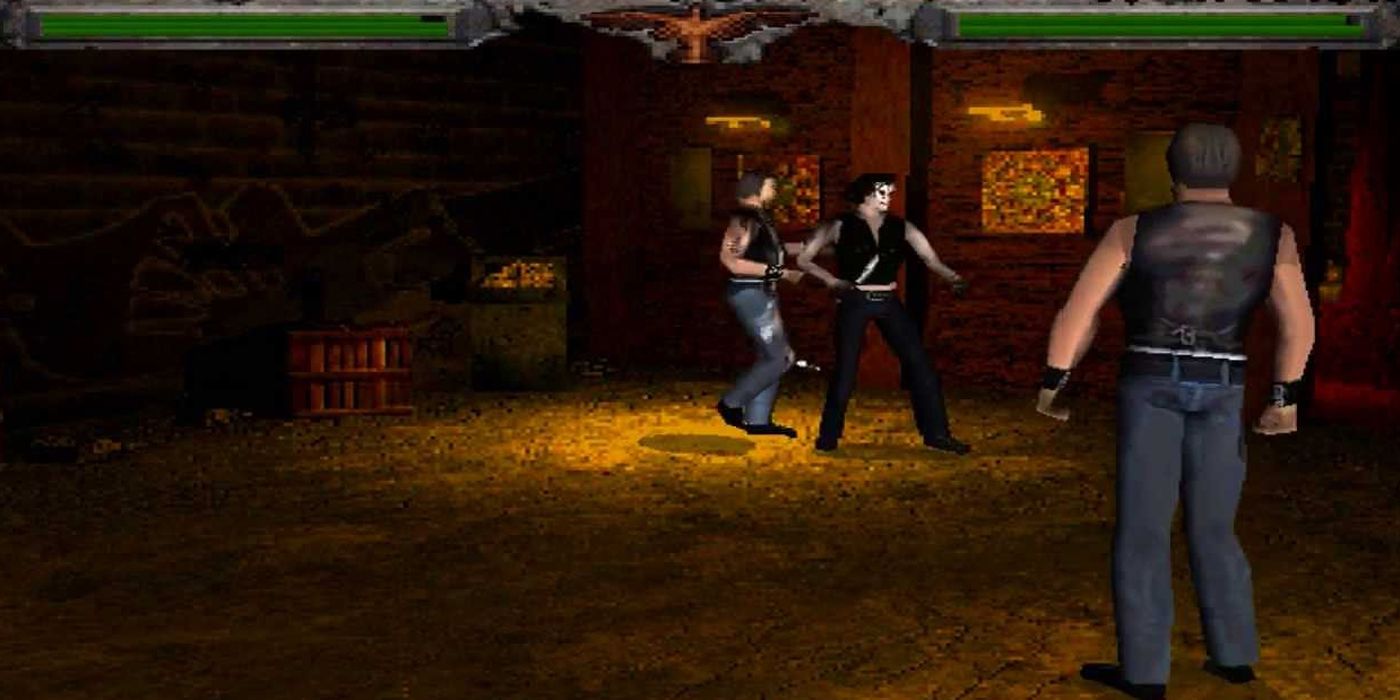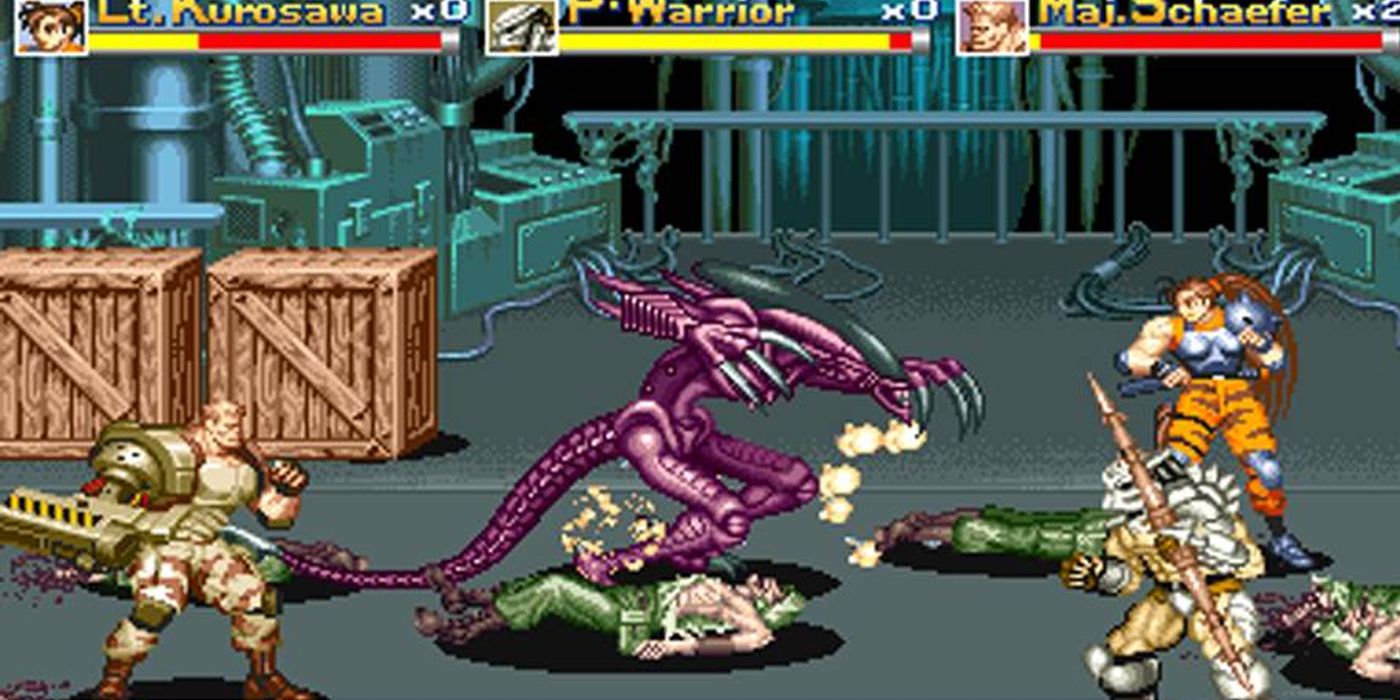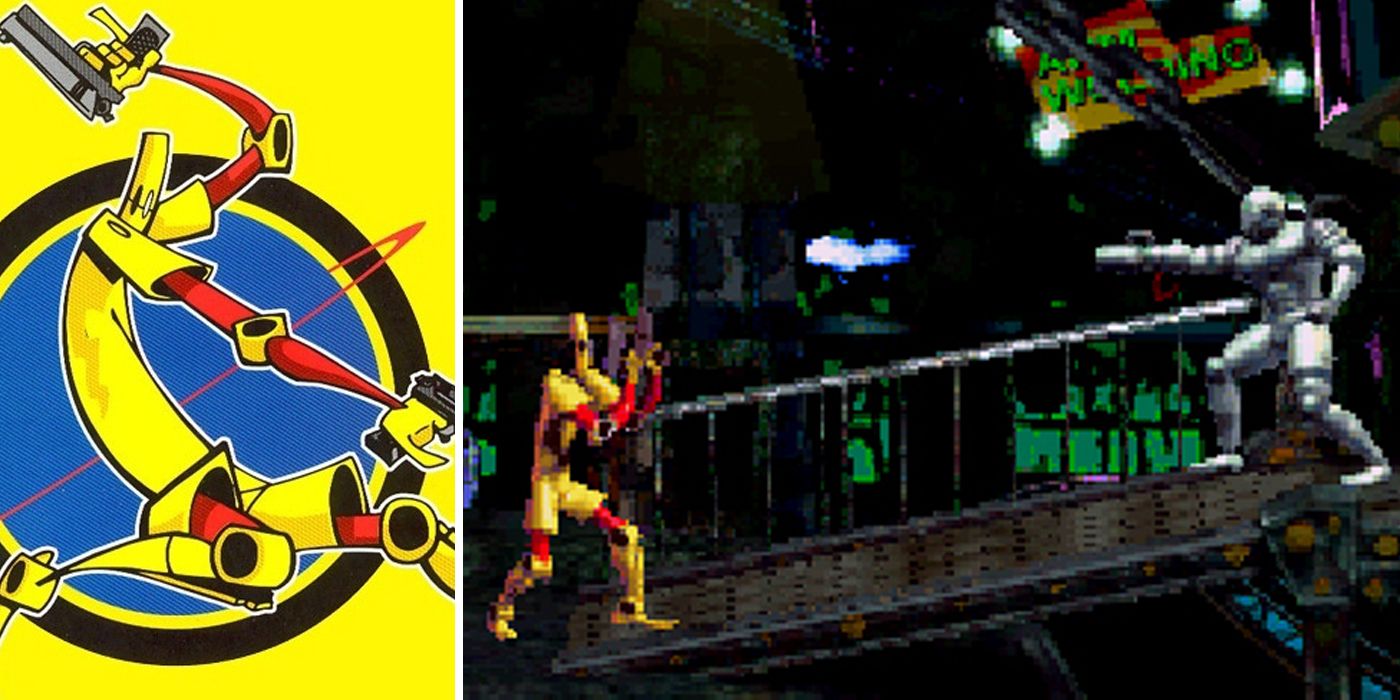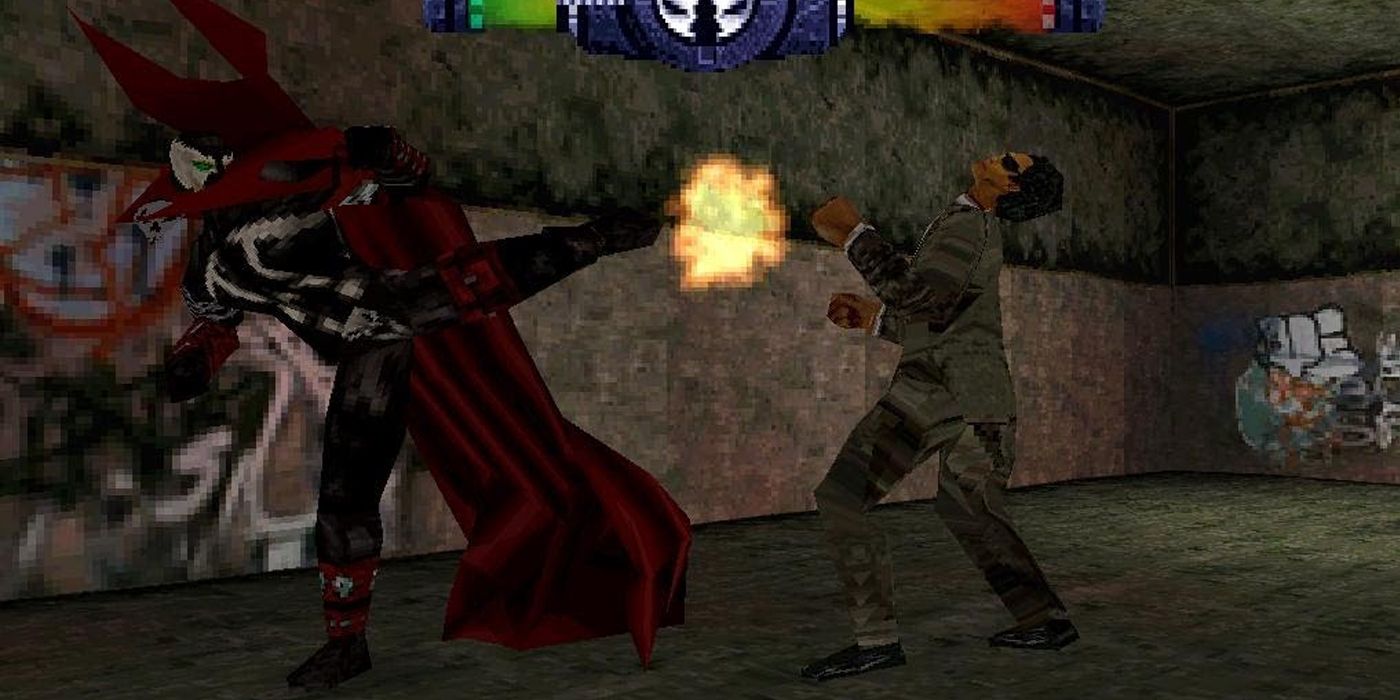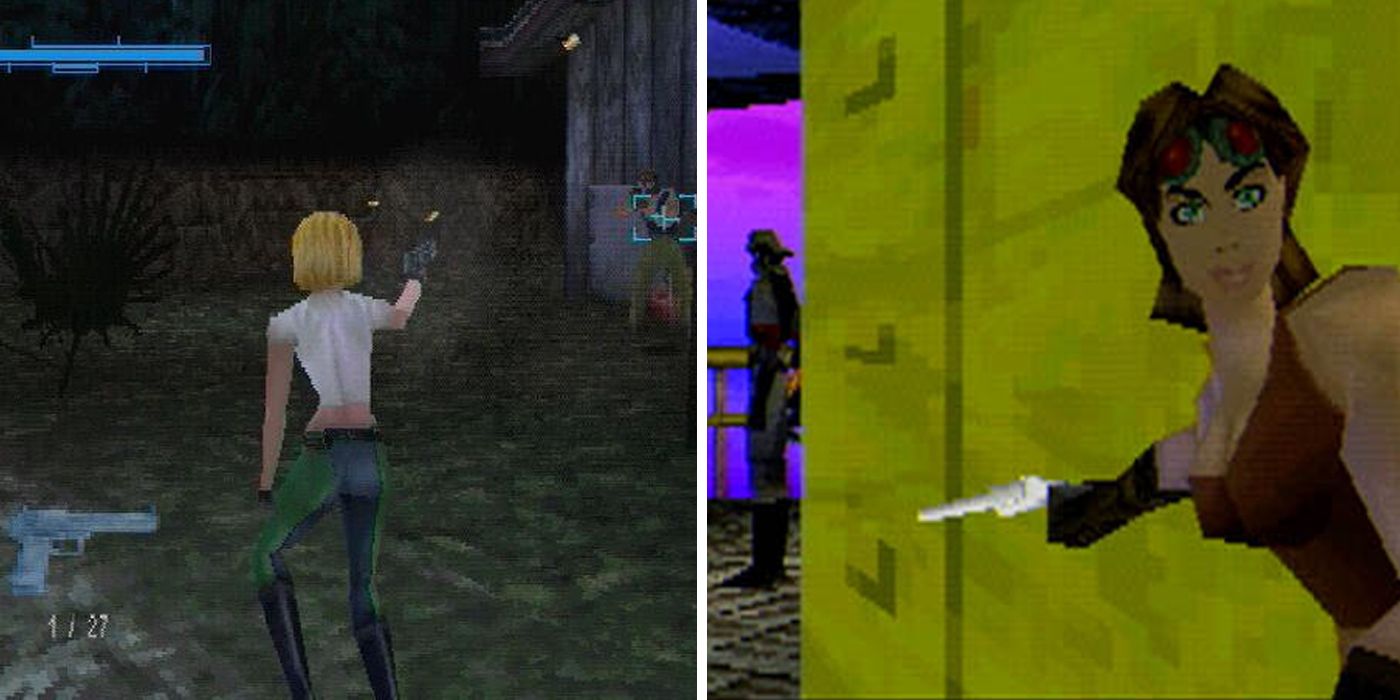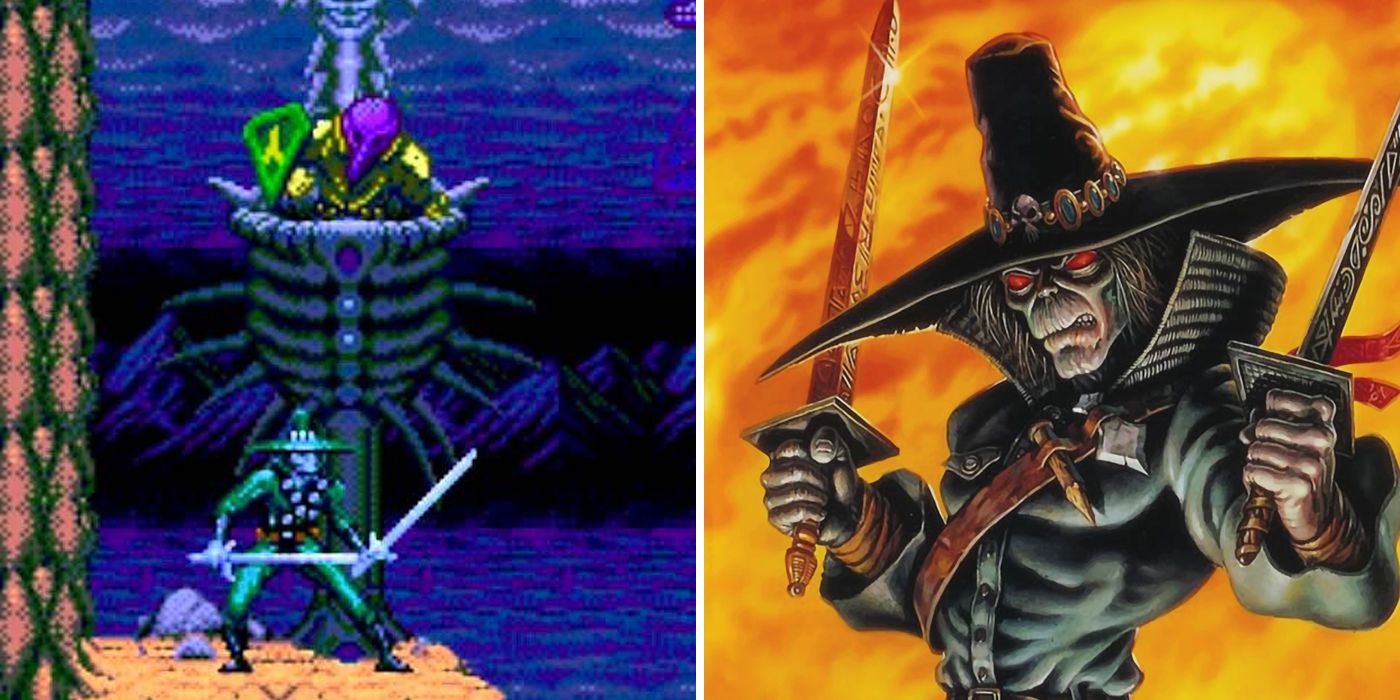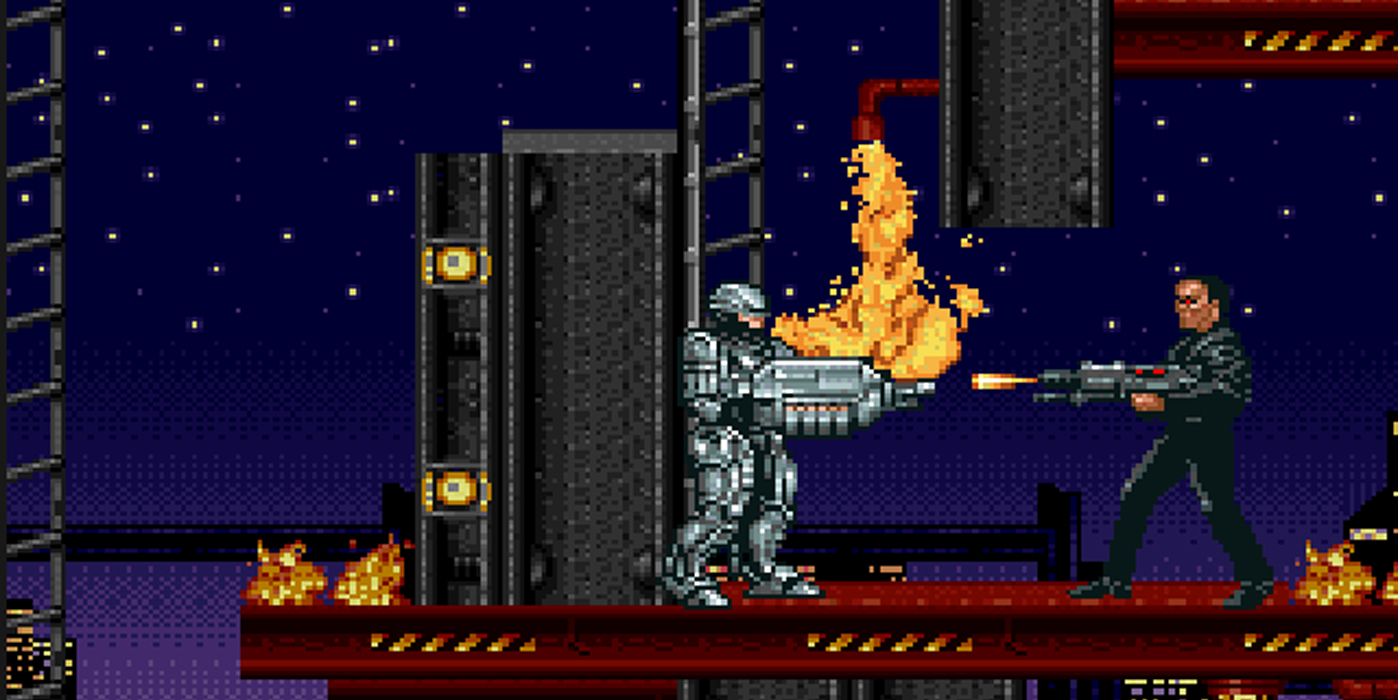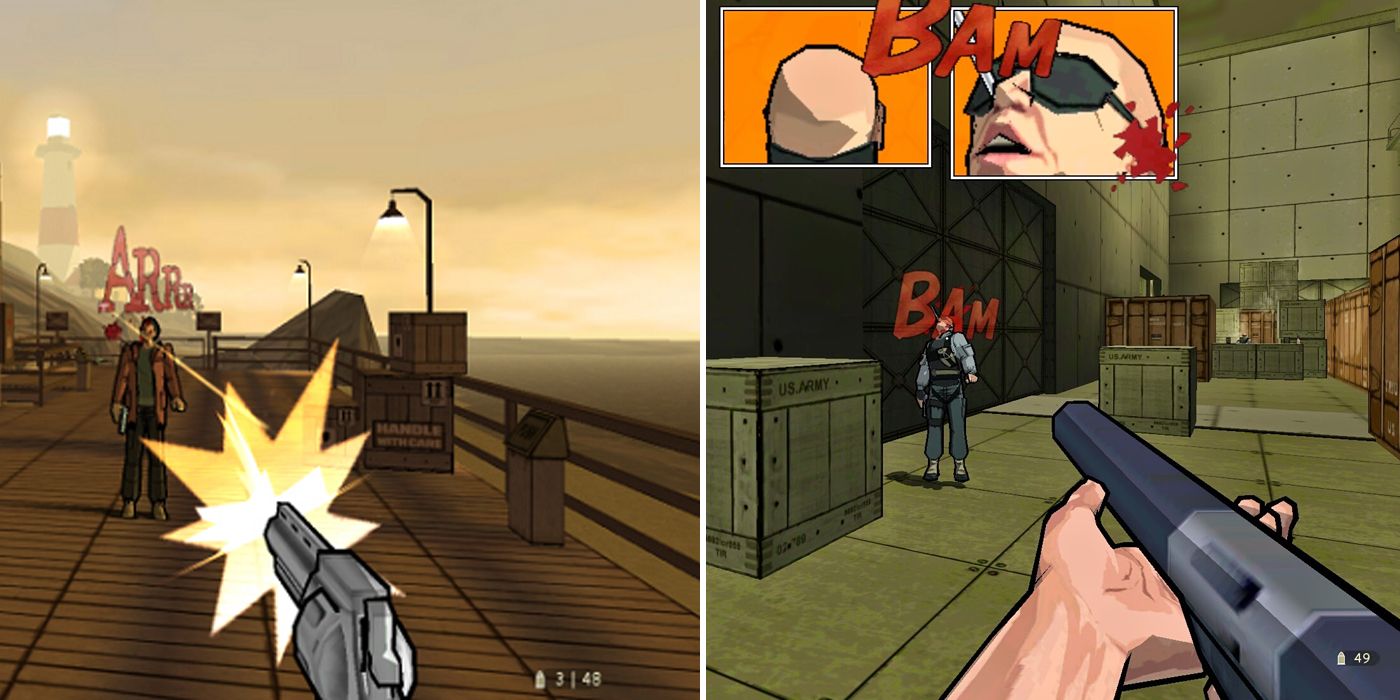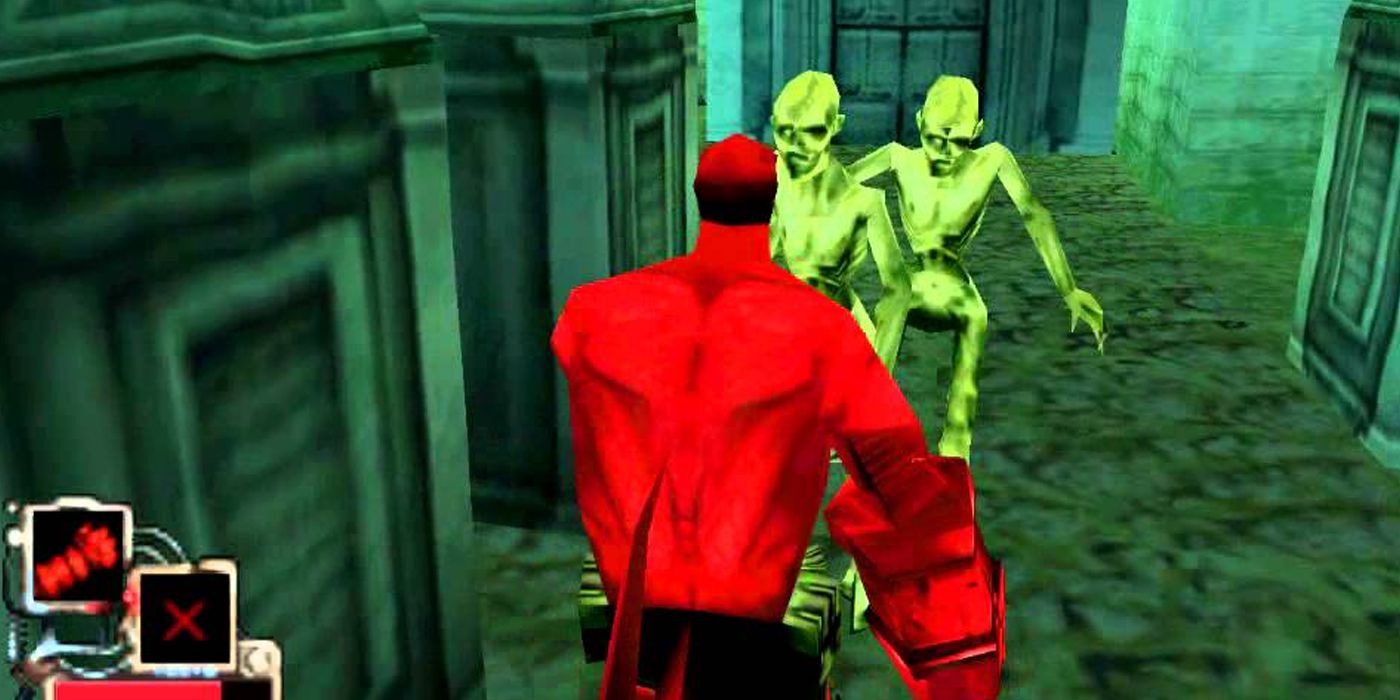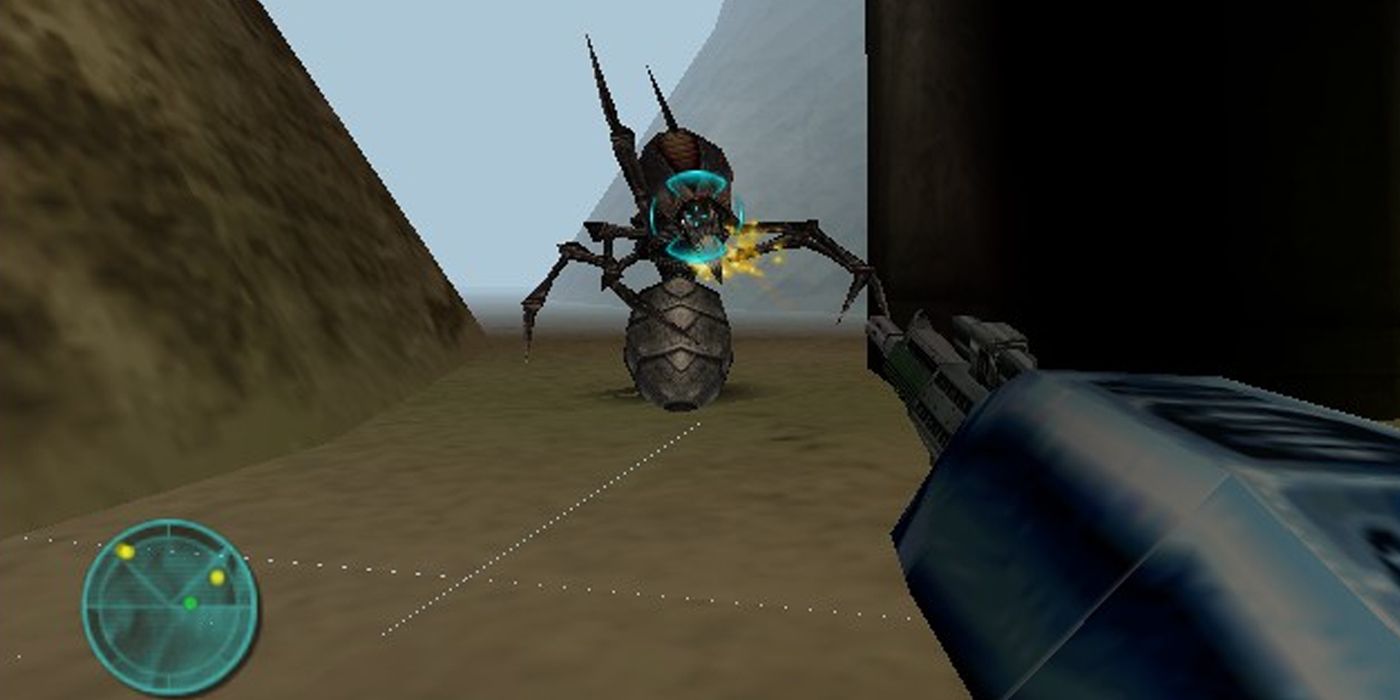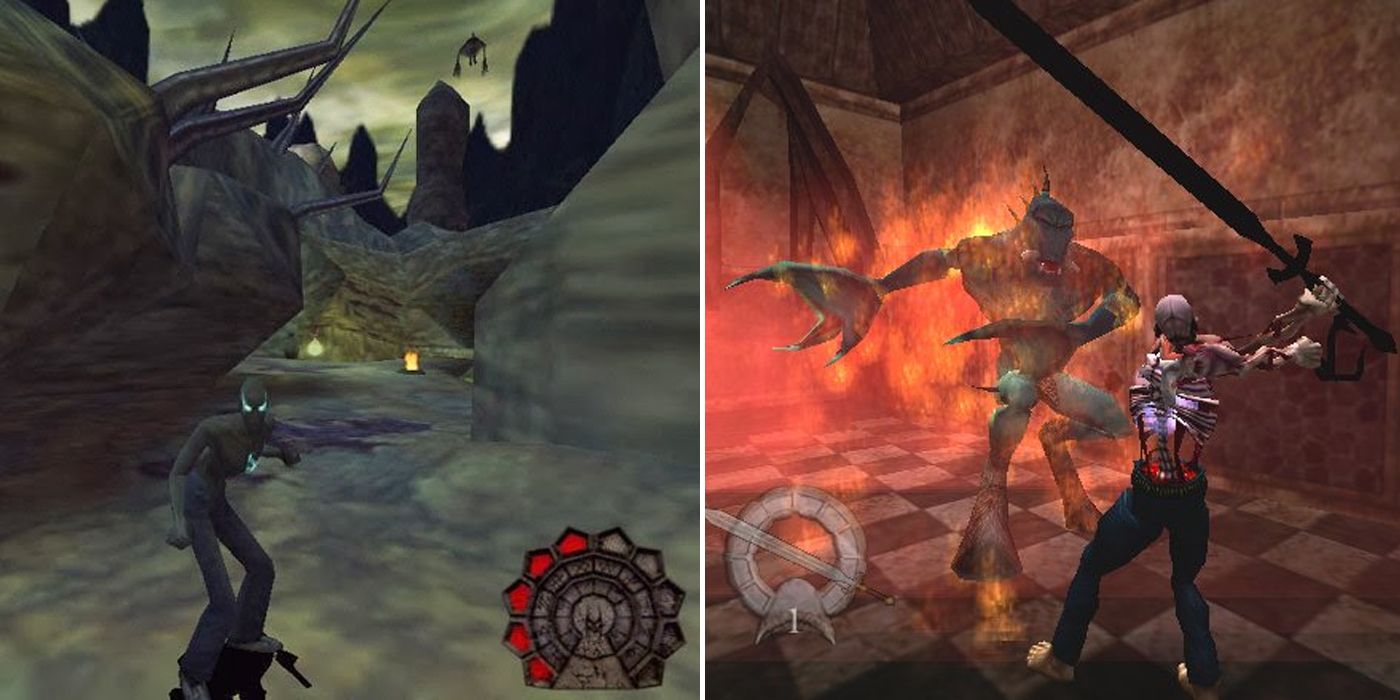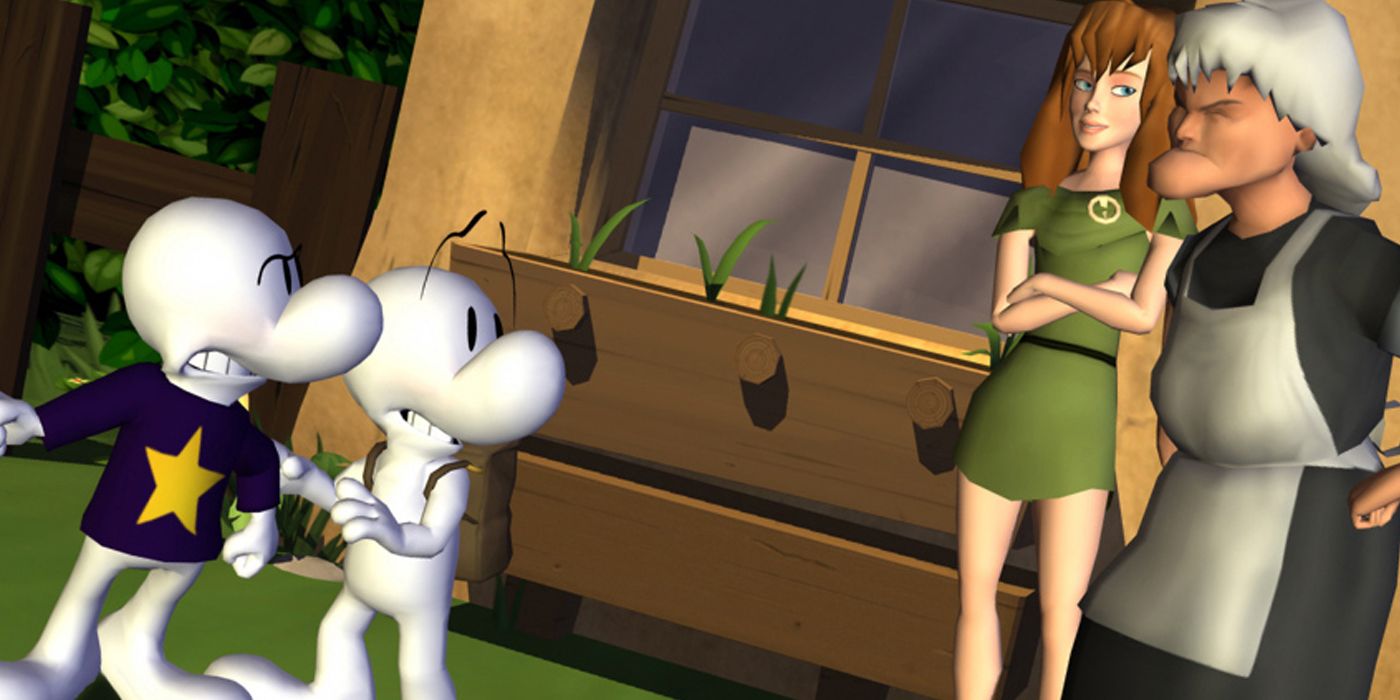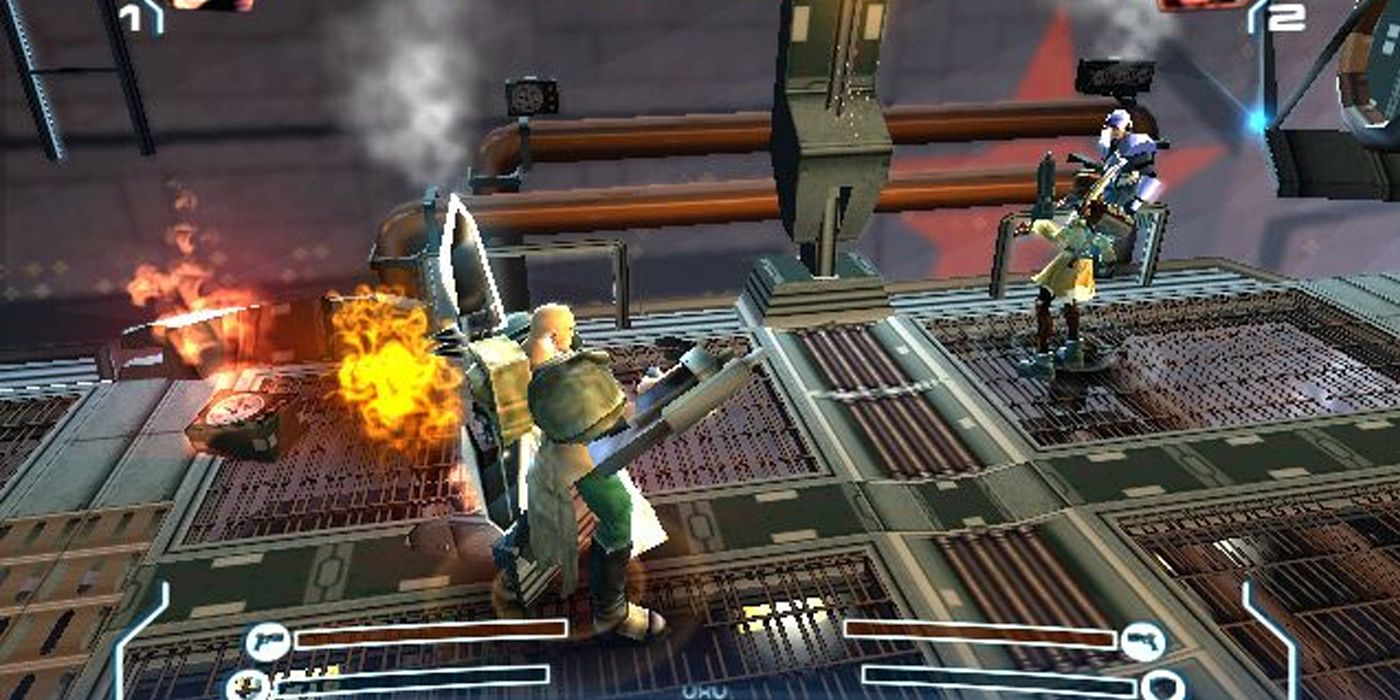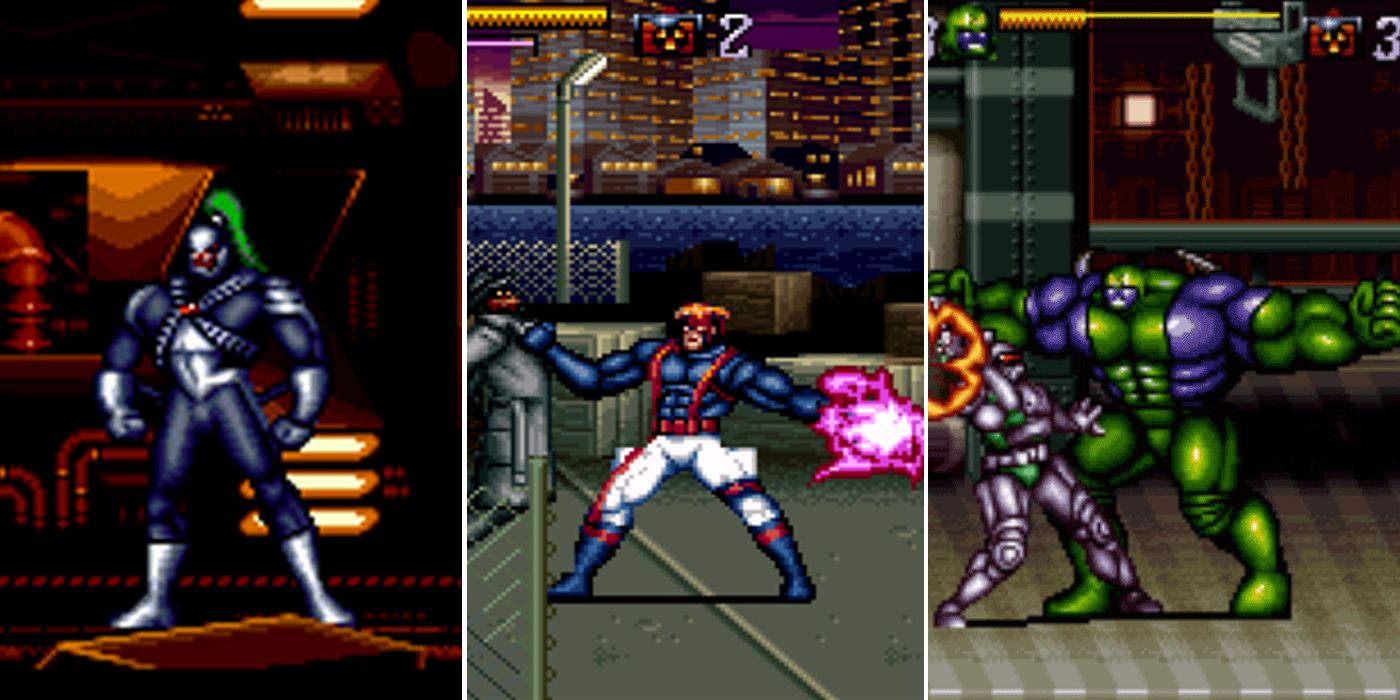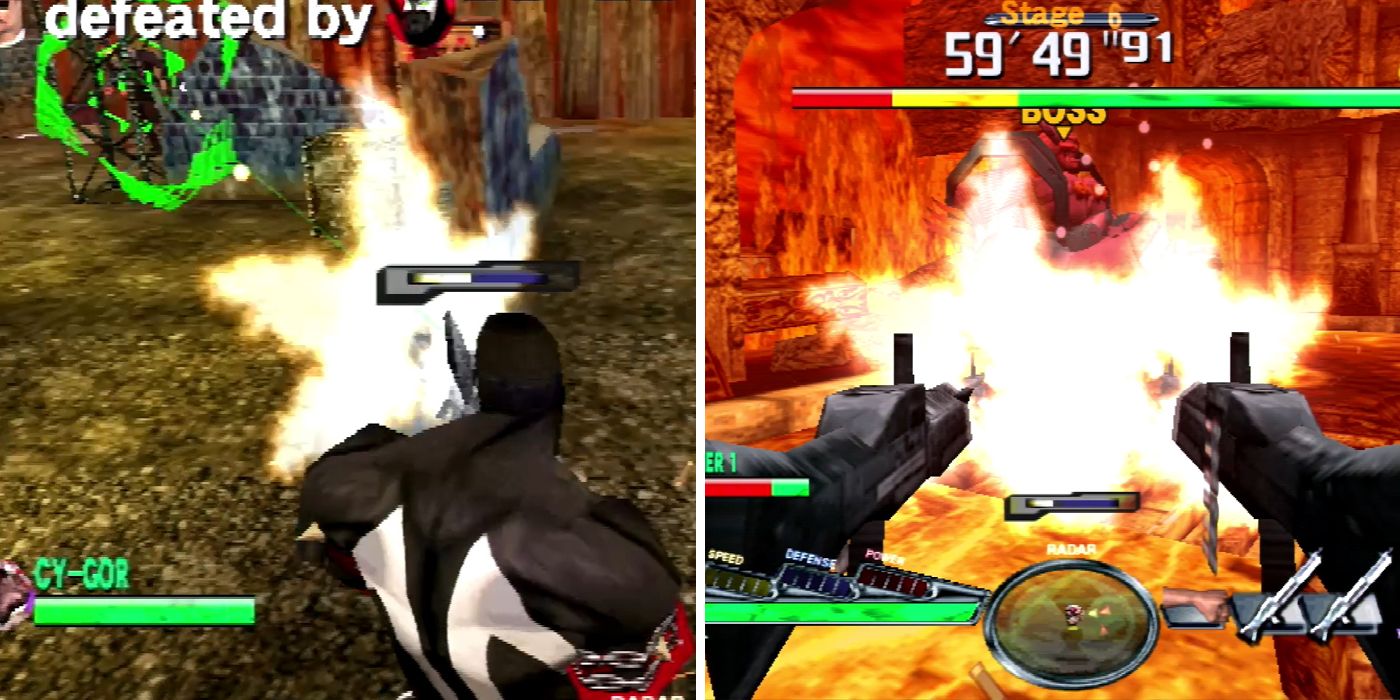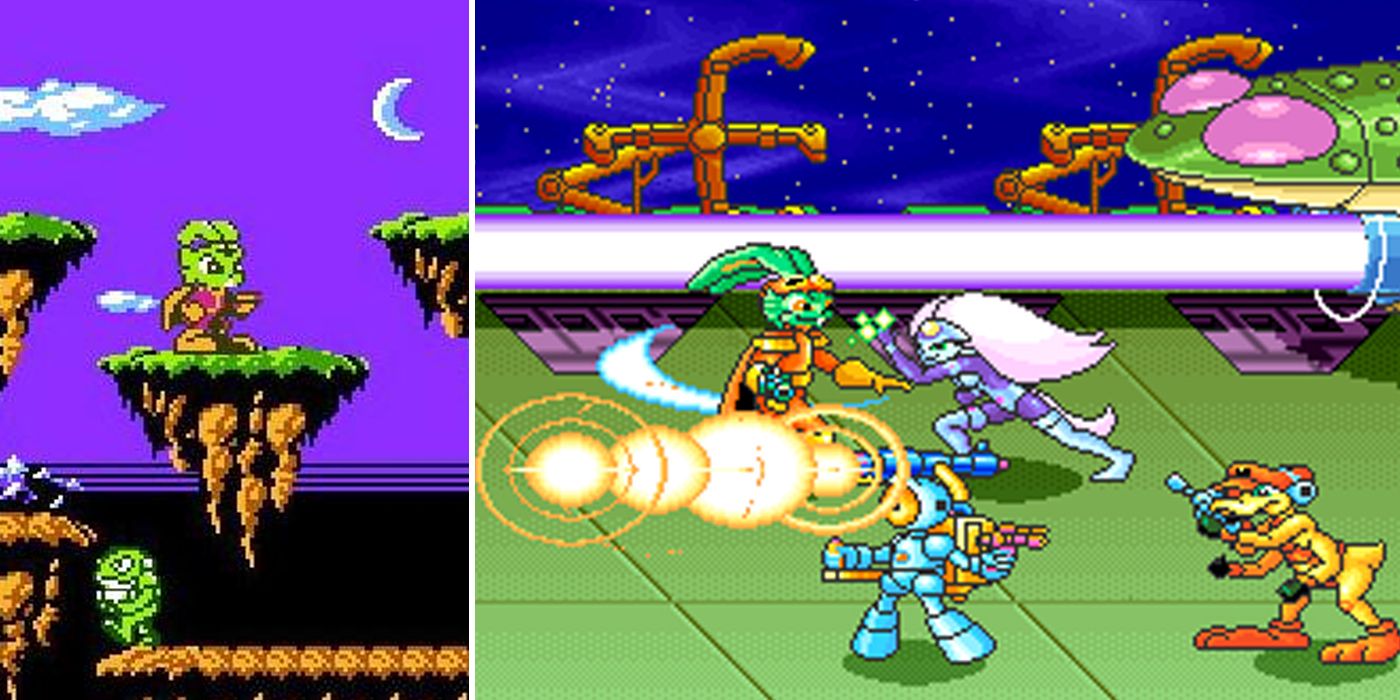While the heroes and villains of Marvel Comics and DC Comics have starred in video games for decades, characters from other publishers have also made the jump into the realm of video games. For publishers without instantly recognizable superheroes, a video game can introduce and help define their characters to a wide new audience.
RELATED: 15 Marvel Games You Definitely Forgot
Now, CBR is taking a look back at some of the most forgotten video games based on independent comics. For this list, we’ll be focusing on characters and concepts from publishers like Dark Horse and Image Comics. While some of these characters debuted first in other media or are now owned by media conglomerates, the games we’re looking at have direct roots in the world of comics.
17 TEENAGE MUTANT NINJA TURTLES: TOURNAMENT FIGHTERS
While the Teenage Mutant Ninja Turtles’ most memorable video game appearance came in Konami’s beloved 1989 arcade brawler, the Turtles have appeared in almost two dozen other titles. Most of those games feature the Turtles working together to defeat Shredder and the Foot Clan, but 1993’s “Teenage Mutant Ninja Turtles: Tournament Fighters” pit the Turtles against each other in one-on-one combat.
While the specifics of the Konami fighting game varied between platforms, every version featured the Turtles and an eclectic roster of characters that drew from a variety of sources. The Nintendo Entrainment System version is one of the console’s final titles and featured an original character named Hothead. The Super Nintendo game has a wider cast that includes minor characters from the Turtles’ Archie Comics and Mirage Studios series, as well as an original character named Aska. The Sega Genesis version of the game includes the only playable version of April O’Neil in the series and has an original character named Sisyphus. Despite their differences, all of the games were moderately well-reviewed.
16 THE CROW: CITY OF ANGELS
With four movies and a television series, James O'Barr's “The Crow” was one of the more visible comic-based franchises of the mid-1990s. After the success of “The Crow” in 1994, Miramax Films and Dimension Films made a big promotional push for the franchise’s second film, “The Crow: City of Angels” in 1996. While that movie was only a mild success, Acclaim released “The Crow: City of Angels” for the PC, Sega Saturn and Sony PlayStation in 1997. Like the movie, the 3D brawler follows Ashe Corven, a murdered mechanic who comes back to life in order to bring he and his son’s killers to justice.
Upon release, the game was poorly-received and has a reputation as one of the worst video games of the era. In an effort to capture the franchise’s gothic tone, the game largely takes place in poorly-lit areas that turn the screen into a dark mess of pixels. Reviewers savaged the game at the time, citing an unnatural control scheme, unforgiving enemies and a camera that regularly left the action out of view.
15 ALIEN VS. PREDATOR
While “Alien” and “Predator” had established their title creatures as landmark movie villains by the late 1980s, the monsters didn’t cross paths until February 1990’s “Dark Horse Presents” #36. Although “Predator 2” featured an Alien easter egg later that same year, the initial comic story, by Randy Stradley, Chris Warner and Phil Norwood, became the basis for a never-produced movie. While the comic-based script for that movie was eventually discarded, it was still the loose basis for Capcom’s 1994 arcade game “Aliens Vs. Predator.”
Filled with the kind of frantic, nonstop action that would later define the “Marvel vs Capcom” series, the three-player game became a popular staple of arcades. In the game, players battle endless hordes of Aliens as one of two cybernetically enhanced human soldiers or two Predators. Although plans to release the 2D brawler on the Sega 32x were scrubbed, the well-reviewed arcade game has been called the best interactive meeting between the two franchises.
14 SCUD: THE DISPOSABLE ASSASSIN
Rob Schrab’s cult series “Scud: The Disposable Assassin” was one of the more noteworthy independent comics of the mid-1990s. Published through Schrab’s Fireman Press and later Image, the series follows Scud, a robotic assassin who was purchased out of a vending machine. After realizing that he’s set to explode after completing his mission, he tries to keep his target alive and takes on a series of bizarre freelance gigs. Starting in 1994, Schrab’s title followed Scud for 20 issues of bizarre adventures before taking a decade-long hiatus and concluding in 2004. Shortly before the hiatus began, Scud starred in SegaSoft’s “Scud: The Disposable Assassin” on the Saturn in 1997.
In the game, players can take control of Scud and his partner Drywall in a side-scrolling action platformer. While this makes up most of the gameplay, the game also has an on-rail first-person shooting segment that can be played with a light gun. The game’s graphics and fidelity to the comic book received some praise, but reviews were largely lukewarm, with most calling it an unremarkable release. More recently, Scud made a few cameos in “Community” thanks to Schrab and former Scud spin-off series writer Dan Harmon.
13 SPAWN: THE ETERNAL
Twenty years ago, Spawn was at the peak of his cultural prominence. In 1997, Spawn starred in a highly-regarded HBO cartoon, a successful feature film and a chart-topping Image comic book. After an underrated SNES game in 1995, Todd McFarlane’s signature creation made his 3D debut on the PlayStation with “Spawn: The Eternal” in 1997. This Sony Computer Entertainment production pits various versions of Spawn from across the ages against the evil forces of Malebolgia.
“Spawn: The Eternal” is generally considered one of the PlayStation’s worst titles. Contemporary review criticized the release for poor controls and grainy, almost-incomprehensible graphics. Reviewers also took issue with the game’s two modes. While the game’s movement focuses on third-person exploration, every enemy encounter takes place in a side-view fighting game style mode with a different set of controls. The transitions between these two modes can be clunky, which is only highlighted by the disappearance of Spawn’s cape as the modes change.
12 DANGER GIRL
Although its most popular days have passed, Danger Girl has proven itself to be a remarkably resilient franchise over the past 20 years. Originally created by J. Scott Campbell, Andy Hartnell and Alex Garner for Image’s Cliffhanger! imprint in 1998, “Danger Girl” follows a group of female secret agents led by Abbey Chase as they fight the would-be world-conqueror Major Maxim and his Hammer Empire in stories that mix light espionage with high adventure. In 2000, THQ and n-Space brought the series to the PlayStation with “Danger Girl.”
In the third-person shooter, players can take control of Chase, Sydney Savage and original character JC in a story loosely based on the comic’s seven-issue debut miniseries. While the title’s run-and-gun gameplay owes more than a little to the contemporary hit “Tomb Raider,” the character designs capture Campbell’s cartoony art style fairly well. While the game’s light tone garnered some praise, reviews were tepid, with most pointing to the title’s bug-filled controls and flawed gameplay mechanics.
11 CHAKAN: THE FOREVER MAN
Even though the immortal warrior Chakan never really broke out of the indie comics scene, he still warranted a starring role in a somewhat infamous game. Created by Robert A. Kraus in the late 1980s, “Chakan: The Forever Man” follows a warrior and sorcerer who is cursed by Death to live eternally and exterminate all of the evil in the universe with his trademark twin swords. While Kraus continues to self-publish works featuring the character today, Chakan came to life in “Chakan: The Forever Man” for the Sega Genesis and the portable Sega Game Gear in 1992.
In the Extended Play Productions game, players control Chakan in an atmospheric 2D side-scrolling platformer as he tries to free himself from Death’s curse. Like “Mega Man,” the game features four levels that could be completed in any order. While contemporary reviews were mostly positive, the game has a reputation for being one of the most difficult games of all time and still has a small cult following.
10 ROBOCOP VS. THE TERMINATOR
After the success of “Alien Vs. Predator,” Dark Horse paired another two conceptually compatible movie franchises together in the miniseries “RoboCop Vs. The Terminator.” With an ingenious story by Frank Miller and dynamite art by Walt Simonson, the miniseries is something of an underrated gem today. In the comic, RoboCop is recast as a key component in the development of the Terminators and leads an effort against the machines in a post-apocalyptic future. In 1993 and 1994, the battle broke out of the comics’ page on onto game consoles with “RoboCop Vs. The Terminator.”
While the SNES and Genesis versions differ, both were positively-reviewed action platformers and are fondly remembered today. Interplay Entertainment’s SNES version of the game leaned into its comic influence, with character sprites that looked like Simonson’s art and cut scenes driven by word balloons and panels. It also featured a graphically ambitious first-person stage where players fought a horde of Terminators in the future. Virgin Interactive’s Genesis game featured more realistic character sprites and an incredible amount of blood.
9 XIII
While it’s largely unknown to American audiences, the Franco-Belgian graphic novel series “XIII” has thrilled international audiences with its mix of intrigue and high-stakes conspiracy for decades. Created by Jean van Hamme and William Vance in 1984, the comic follows an amnesiac man called “XIII” as he tries to stop a mysterious organization called the XX from overthrowing the United States government while discovering his true identity. In 2003, Ubisoft adapted the first arc of the series as a first-person shooter released across multiple platforms.
Upon release, “XIII” garnered a considerable amount of praise for its cel-shaded graphics. With cut-in panels and visual onomatopoeias, the game reproduces the familiar comic book techniques in a way that still feels inventive today. Beyond the game’s art direction, “XIII’s” soundtrack, story and voice acting also received accolades. Despite all this, the title received mixed reviews, due to action and stealth-based gameplay that seemed lackluster compared to that era’s other first-person shooters.
8 HELLBOY: DOGS OF THE NIGHT
While Hellboy got his big break with his 2004 feature film, his first video game came years earlier with Cryo Studios' “Hellboy: Dogs of the Night” for the PC. Cryo was initially founded as Dark Horse Interactive and worked out of Dark Horse Comics’ office. After the French game developer Cryo Interactive bought the company in 1999, Dark Horse Interactive became Cryo Studios, but retained the license to make Dark Horse games. After four years in development, the game, starring Mike Mignola's signature creation, was released to little fanfare in 2000, and Cryos folded before a PlayStation port of the game could be finished.
In the third-person survival horror game, players can control Hellboy as he and the B.P.R.D. try to keep someone in an insane asylum from opening a portal to another world. When the first Hellboy movie was released, Dreamcatcher interactive finished the abandoned PlayStation port and released the game as “Hellboy: Asylum Seeker,” one of the system’s last titles. This release of the game was poorly-received, largely due to outdated graphics and an ineffective combat system.
7 ARMORINES: PROJECT S.W.A.R.M.
In 1994, Acclaim Entertainment purchased Valiant Comics. After a few years, Acclaim rebooted the Valiant line before shifting their attention towards making games based on Valiant properties. While their “Turok: Dinosaur Hunter” series became a massive commercial and critical success, their other games didn’t fare so well. One of these titles was based on the minor Valiant title “Armorines,” which features power suit-wearing soldiers who take on secret missions for the United States government.
Released on the Nintendo 64 and the PlayStation in 2000, “Armorines: Project S.W.A.R.M.” follows one of two Armorines as they try to protect the Earth from an imminent invasion of giant Spider-Aliens. While the concept is true to the comic, the in-game execution owes a clear debt to “Starship Troopers.” In an unusual twist, the game also featured a “pen and ink mode,” where the graphic overlays were removed and the action would take place as black lines on a white background. While the Nintendo 64 version of the game received mixed reviews, the PlayStation port was poorly-received due to its unforgiving control scheme and high level of difficulty.
6 SHADOW MAN
Other than “Turok: Dinosaur Hunter,” the only Valiant property to appear in multiple Acclaim games was Shadowman. While Shadowman started out as a fairly straightforward supernatural hero, the Acclaim reboot sent the character in a more horror-focused direction. In 1999, this version of the character came to consoles in “Shadow Man.” In the third-person action game, players controlled the voodoo-powered hero as he tried to protect the Earth from a land of the dead called the Deadside. While the PlayStation port of the game received mixed reviews, the Nintendo 64 and Sega Dreamcast versions received considerable praise, especially for the title’s dark tone.
In 2002, a sequel entitled “Shadow Man: 2econd Coming” was released for the PlayStation 2. While this sequel didn’t have the commercial success of its predecessor, it received moderately positive reviews that praised its moody atmosphere, improved graphics and increased emphasis on action. Despite this, the game’s most notable moment came with a proposed-but-abandoned advertising campaign centered on buying ad space on real tombstones.
5 TELLTALE GAMES’ BONE
While Telltale Games’ “Batman: The Telltale Series” was one of the most compelling superhero games of 2016, the company’s first adventure game came with a two-episode adaption of Jeff Smith’s landmark series, “Bone.” Starting in 1994, Smith self-published his cartoon epic, defined by a charming mixture of comedy and high fantasy through his Cartoon Books imprint. In 2005, Telltale released “Bone: Out from Boneville” for the PC. The title allowed players to take control of Fone Bone and Phoney Bone in an adventure that directly adapts the comic’s first story arc.
While that title received mixed reviews, its follow-up, “Bone: The Great Cow Race” was more warmly received. In this third-person title, players control all three Bone cousins, including Smiley Bone, in a faithful adaption of the title’s second story arc. When it was released in 2006, CBR called it a romp that was reminiscent of the point-and-click adventure games of the early 1990s. Despite the charm of those games, plans for an adaptation of the comic’s third arc, “Eyes of the Storm,” remain unfulfilled.
4 THE RED STAR
Although it’s not as prominent today, “The Red Star” was one of the more well-regarded independent comics of the early 2000s and earned its creator Christian Gossett an Eisner Award nomination for Best Penciller in 2001. Starting in 2000, this Image series follows a world that combines Soviet military stylings with Russian folklore and magic. With a distinctive look that mixes Gossett’s penciled art with rendered 3D models, the world of “The Red Star” was brought to life in a 2007 PlayStation 2 release by XS games.
Originally developed by Acclaim, demos and review copies of “The Red Star” for the Xbox and the PlayStation 2 were sent out in 2004. After Acclaim’s bankruptcy, plans for the game’s release were delayed; that is, until XS Games picked up the title a few years later. In the game, players fought on behalf of the Red Star in an adventure that’s a unique combination of role-playing elements, brawling and third-person shooting. Despite its delayed release, the game received mostly positive reviews that praised its varied gameplay.
3 WILDC.A.T.S
While the WildC.A.T.s have been owned by DC Comics since the late 1990s, the WildStorm Productions heroes were some of the first Image Comics characters to become an established multimedia franchise. Created by Jim Lee and Brandon Choi in 1992, the “Covert Action Team” consisted of human and alien heroes who protect the Earth from the evil Daemonites. In conjunction with their short-lived animated series, Beam Software and Playmates Interactive brought “Jim Lee’s WildC.A.T.s” to the SNES in 1995.
In the game, players could play as the cyborg leader Spartan, the clawed Warblade or the super-strong Maul in a 2D side-scrolling brawler. Each of these characters is locked to a particular set of stages that make good use of their distinct abilities, but the absence of relatively more popular characters like Grifter and Zealot is somewhat puzzling. Although the title was released late in the SNES’ life cycle, it received moderately positive reviews that called it slightly above average for the era.
2 SPAWN: IN THE DEMON’S HAND
While “Spawn: The Eternal” was partially defined by its plodding pace, “Spawn: In the Demon’s Hand” features non-stop propulsive action. Originally developed for the arcade by Capcom, the title was later released for the Dreamcast in 2000. In this game, one-to-four players could control one of 37 Spawn characters in this fast-paced third-person arena shooter. With a roster that included multiple versions of Spawn, villains like Overtkill and Angela-esque angels, the game displays a surprisingly deep knowledge of Todd McFarlane’s landmark Image series. While some characters could only shoot guns, the fighting styles of others were varied to include super-powers and hand-to-hand combat.
With the game’s constant flashing neon text, endless gunplay and blaring rock soundtrack, it's a total assault on the senses... in the best way possible. Although the home release of "Demon's Hand" received some criticism for confusing controls, the title is generally considered one of Spawn’s best video game appearances.
1 BUCKY O’HARE
In the wake of the Teenage Mutant Ninja Turtles’ success, franchises built around anthropomorphized animals were common in the early 1990s. Before jumping into the worlds of action figures and Saturday morning cartoons, the green space rabbit Bucky O’Hare started fighting an intergalactic war in books published by Neal Adams’ Continuity Comics. Created by Larry Hama and Michael Golden in 1984, the series follows Bucky and his crew of mammal-based creatures in their fight against the evil Toad Empire. In 1992, Konami released two games based on the short-lived multimedia franchise.
In the NES game, simply called “Bucky O’Hare,” players could control Bucky as he freed the members of his crew in a notoriously difficult action platformer. Upon release, the game received favorable comparisons to “Mega Man,” but was criticized for its extreme level of difficulty. Later that same year, the “Bucky O’Hare” arcade game was released as a direct sequel and finale to the character’s 13-episode series. In the game, one-to-four players could take control of Bucky and his crew in a side-scrolling adventure that depicted Bucky’s ultimate triumph over the Toad Empire.
Stay plugged in to CBR for all the latest in comic gaming news! And be sure to let us know what your favorite forgotten indie comics game is below!

